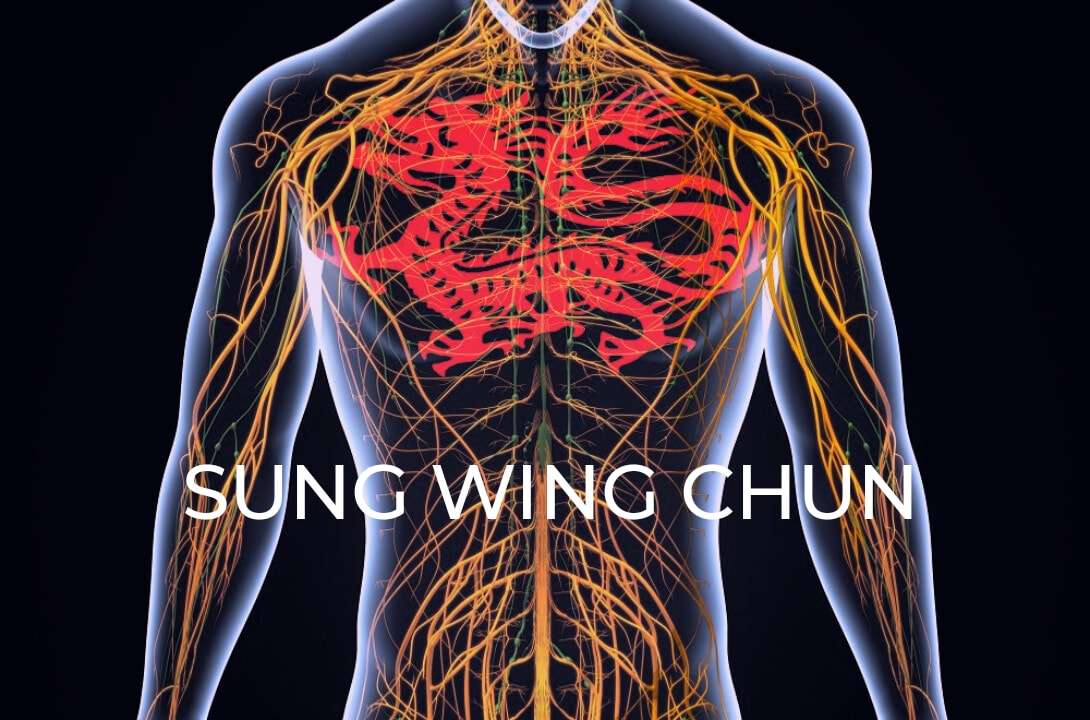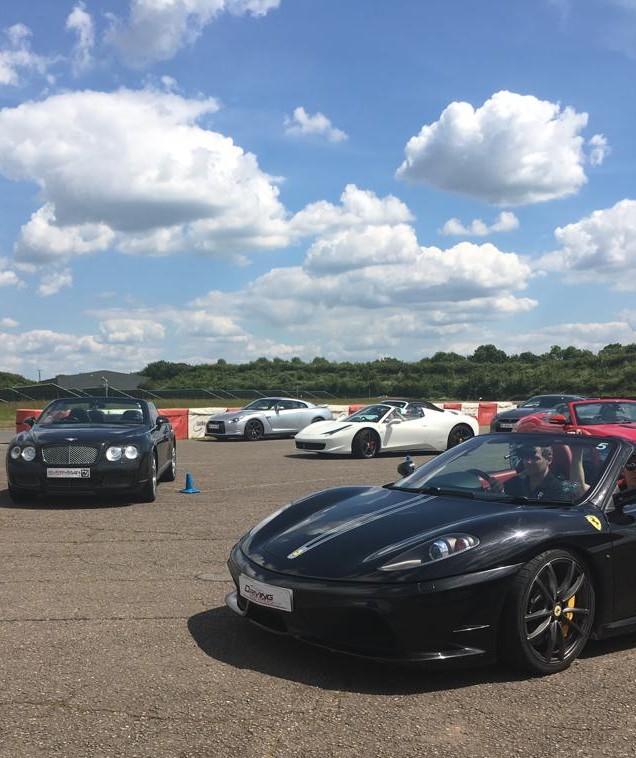Feelings, nothing more than feelings...
12/1/2020
I recently watched a video of CST setting up a senior student to do a pivoting side slash. CST set up the student several times, gave explanation for why it was difficult for the student, and then demonstrated the movement (effortlessly) himself. In some ways the video was no different than any other of him, or what happened every night in a typical class. What was interesting was afterwards I saw and heard explanations from at least 4 very experienced wing chun teachers who each disagreed with the other about what had happened, and essentially how CST did the movement. You might be surprised to hear that I did not agree with any of them. I would not be surprised to hear than none of them would agree with me! Buy why the differences?
The teaching methodology of CST was that he would allow a student to do a movement in their own way (they usually did it incorrect), he would show them what they did, show them what it should feel like, then set them up to do it in the way he felt it should be done. That method was repeated time and again until hopefully the student was re-educated. If all of the students got a similar education why would they not only feel very different, but also explain the methodology they learnt so differently later on? Here is the problem. When a student first copies a movement they are confident that it is correct, It feels correct. CST would then set them up to do it differently and obviously the feeling was very different (it felt wrong). When they try to recreate the movement they rely of feeling, but if we go to the start of the paragraph then we already have established that their feelings are incorrect. Their kinaesthetic sense was proven unreliable (like a set of broken scales) Last year I went on a race track day; I drove a Ferrari and an Aston Martin for 3 laps each. As I drove into tight corners the instructor said to me to keep accelerating until I reached the relevant marker on the side of the track. Although I heard him I found myself braking heavily way too early. Each time we went around I got a bit braver, but although I wanted to keep accelerating my brain said no and put the brakes on (the exact opposite to what I was told). I felt that I would crash as my belief (backed up with my feelings) told me it was not possible for a car to move in that way. Afterwards I was taken around the track as a passenger or a touring car race driver, even in a slower car I was astounded by the speed and control, it was on another level that I thought existed. Even if I had got a second chance to drive, I would not have been much quicker. The fact is my sense of feeling needed to be re-educated totally as they were unreliable. I was inspired but really that is only the start. The only way to learn to drive like that would be go around thousands of times with an instructor, follow the instructions of when to turn, break, accelerate etc until I knew what was possible. After that point, I would be able to start experimenting as to whether a change in my own instruction would make me quicker. However, my feeling would not be the arbiter of speed, the evidence would have to be the clock. So, to get back to wing chun. When someone was set up by CST they usually commented that although incredibly powerful, they felt nothing. However, with more experience a student starts to develop an awareness of the connectivity of the body and the inter-relation of joints and muscles etc. The process that you are trying to understand is how the various parts of the body inter-relate (and are co-ordinated by thought) and for a long time in the process feeling is really counter-productive to doing this. I am not entirely sure many people have grasped this difference, but I say now that if you rely on feelings instead of an educated system of habits of use, your wing chun will not be of an internal nature. You will be trying to use wing chun techniques to make up deficiencies in your body use. Most people interested in CST method wing chun do not need to learn more wing chun, they need to relearn to use their bodies without using feeling and sensitivity as a guide as what they are currently using is inherently unreliable under pressure. You need to understand how the body co-operates with gravity, how the release of joint in one direction creates a counter stretch in the next muscle group and that affects the whole. Wing chun then becomes a method of manipulating your own body structure which is instigated with a thought. I am going to be honest and say that although everyone needs to relax more, as an instruction it is generally useless in most contexts. Sometimes you need to relax a muscle, but that is usually to get a counter response from another part of the body so the whole is in balance. It is the balance of the whole which you are seeking, with no direct thought about relaxing of individual parts. This idea of training is a real challenge for most people, to ask someone who has developed a sensitivity of feeling and alignment to reject that system, to rely on over-aching instructions relating to how the body works optimally; its really tough. Even when you see and experience the truth it is hard to accept. The question then is how can you learn something which is specifically about kinaesthetic sense at the same time as rejecting bodily feeling. Well, in the same way as you would need to sit with an experienced race driver and do as you are told to learn to drive professionally, you need a lot of time with someone who can do it it better than you who can guide you. Someone who has walked the path and made the same mistakes which you will have to make time and time again until your successes outweigh your failures. Even if they are not a teacher, they may be able to provide a more subjective view than you have yourself. The first step for myself was over a decade ago when training with Mark and Jon, we consciously chose not to complete with each other but to assist and provide feedback. That opened a door to understanding which continues to fascinate me.
2 Comments
|
AuthorKeeping you up to date with what is happening in class Archives
July 2024
Categories |


 RSS Feed
RSS Feed